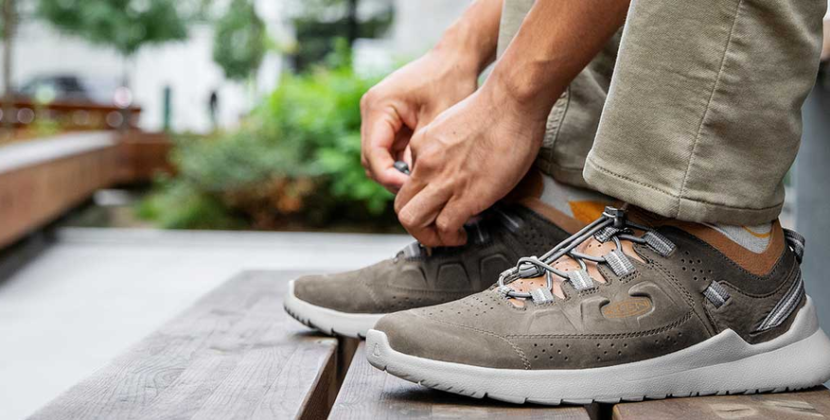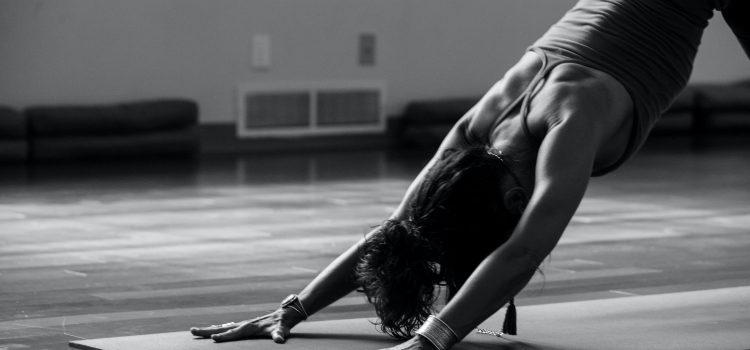
Yoga is a powerful form of exercise and self-care that many people around the world are discovering the benefits of. Through regular practice, it has the potential to improve physical and mental health, open up personal growth opportunities, and more. But how do you start? And how can you best improve your yoga practice? In this blog post, we will explore what yoga is all about, discuss how to make the most out of it, and provide tips for getting started. Read on to learn more about unlocking the benefits of yoga!
The benefits of yoga
When it comes to yoga, the benefits are seemingly endless. From improving your flexibility and strength to reducing stress and anxiety, there are plenty of reasons to give yoga a try.
If you’re new to yoga, the prospect of starting can be daunting. But with a little research and preparation, you’ll be well on your way to reaping the many rewards that yoga has to offer. Here’s what you need to know about getting started with yoga and how you can improve your practice.
The benefits of yoga are vast and far-reaching. But some of the most commonly cited benefits include:
- Improved flexibility and range of motion
- Stronger muscles and improved posture
- Increased balance and coordination
- Improved breathing and circulation
- increased energy levels and stamina
- Reduced stress and anxiety levels
Getting started with yoga
If you’re new to yoga, getting started can seem like a daunting task. There are so many different styles and schools of thought, not to mention all of the equipment that you might need. But don’t worry! Yoga is for everyone, no matter your level of experience or fitness. In this section, we’ll walk you through some tips on how to get started with yoga and improve your practice.
- Choose a style of yoga that suits your needs and interests. There are many different types of yoga, from vinyasa flow to Kundalini and everything in between. If you’re not sure where to start, try taking a few classes at different studios or searching online for beginner-friendly classes.
- Get the right equipment. You don’t need much to get started with yoga – a mat, some comfortable clothes, and maybe a towel or blanket if you want extra cushioning. Once you know what style of yoga you’re interested in practicing, you can start investing in other props like blocks, straps, and bolsters.
- Find a good teacher. A qualified yoga instructor can help you learn the basics of each pose and provide modifications or adjustments as needed. If possible, take a few classes with different teachers to find one who’s a good fit for you.
- Practice at home. Once you’ve taken some classes and feel comfortable with the basics, start practicing at home! There are plenty of resources available online (
Improving your yoga practice
There are many benefits to yoga, but it can be hard to get started or improve your practice. Here are some tips on how to get the most out of your yoga practice:
- Find a style of yoga that suits you. There are many different styles of yoga, so it’s important to find one that you enjoy and that fits your needs. If you’re not sure where to start, try a few different classes or teachers until you find one that’s right for you.
- Set realistic goals. Don’t expect to be able to do all the advanced poses right away – it takes time and practice to improve your flexibility and strength. Start with basic poses and slowly build up to more challenging ones.
- Be patient. Yoga is not a competition – there is no need to rush through the poses or force yourself into a position that doesn’t feel comfortable. Listen to your body and go at your own pace.
- Practice regularly. To see the benefits of yoga, it’s important to practice regularly – even if it’s just for 10-15 minutes a day. The more you practice, the better you’ll become at the poses and the deeper the relaxation effects will be.
Yoga poses for beginners
When you’re just starting out with yoga, it’s normal to feel a little intimidated by all the different poses. But don’t worry—there are plenty of yoga poses for beginners that can help you ease into your practice.
Here are a few beginner-friendly yoga poses to get you started:
Mountain Pose: This is a great pose to start with because it helps you learn how to find and maintain balance. For mountain pose, simply stand with your feet together and your hands at your sides. Then, lengthen your spine and reach your arms up overhead. Be sure to keep your shoulders down and away from your ears as you do this. Take several deep breaths in this position.
Warrior I Pose: Warrior I is a standing pose that helps build strength in the legs and open up the hips. To get into Warrior I, start in mountain pose with your feet about hip-width apart. Then, step your left foot back about four feet behind you (or as far back as feels comfortable). Turn your left foot so it’s pointing out at a 45-degree angle and bend your right knee until it forms a 90-degree angle. Reach both arms up overhead, keeping them parallel to each other. Gaze up at your hands as you hold this pose for several deep breaths before repeating on the other side.
Downward Facing Dog Pose: Downward facing dog is one of the most popular
The importance of breath in yoga
Breath is an essential part of yoga. It helps to control the body and focus the mind. The rhythm of the breath can help to calm and focus the mind, and the movement of the breath can help to stretch and strengthen the body.
Inhaling deeply and exhaling completely helps to cleanse the lungs and improve circulation. It also helps to Systematically relaxes the body by releasing tension in the muscles.
The benefits of deep breathing are many, including: improved cardiovascular function, increased lung capacity, lower blood pressure, reduced stress levels, improved digestion, and more.
Conclusion
Yoga is an incredibly versatile practice that has something to offer for everyone. With a bit of dedication and perseverance, you can unlock the many benefits of yoga and start improving your physical and mental health. Whether you are just getting started or looking for ways to deepen your practice, we hope this article has provided some useful tips on how to get the most out of yoga. Now it’s time to grab your mat and get moving!










